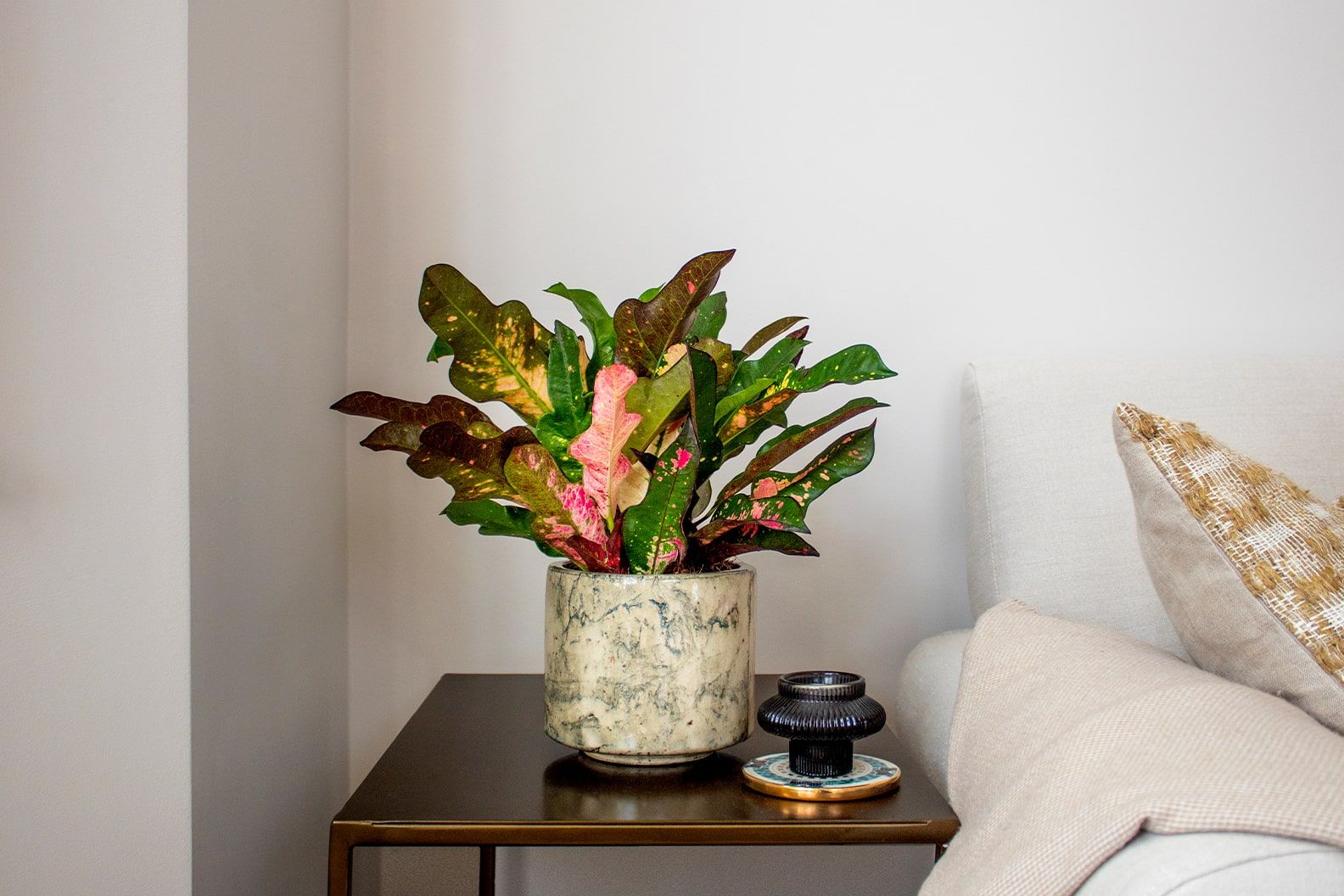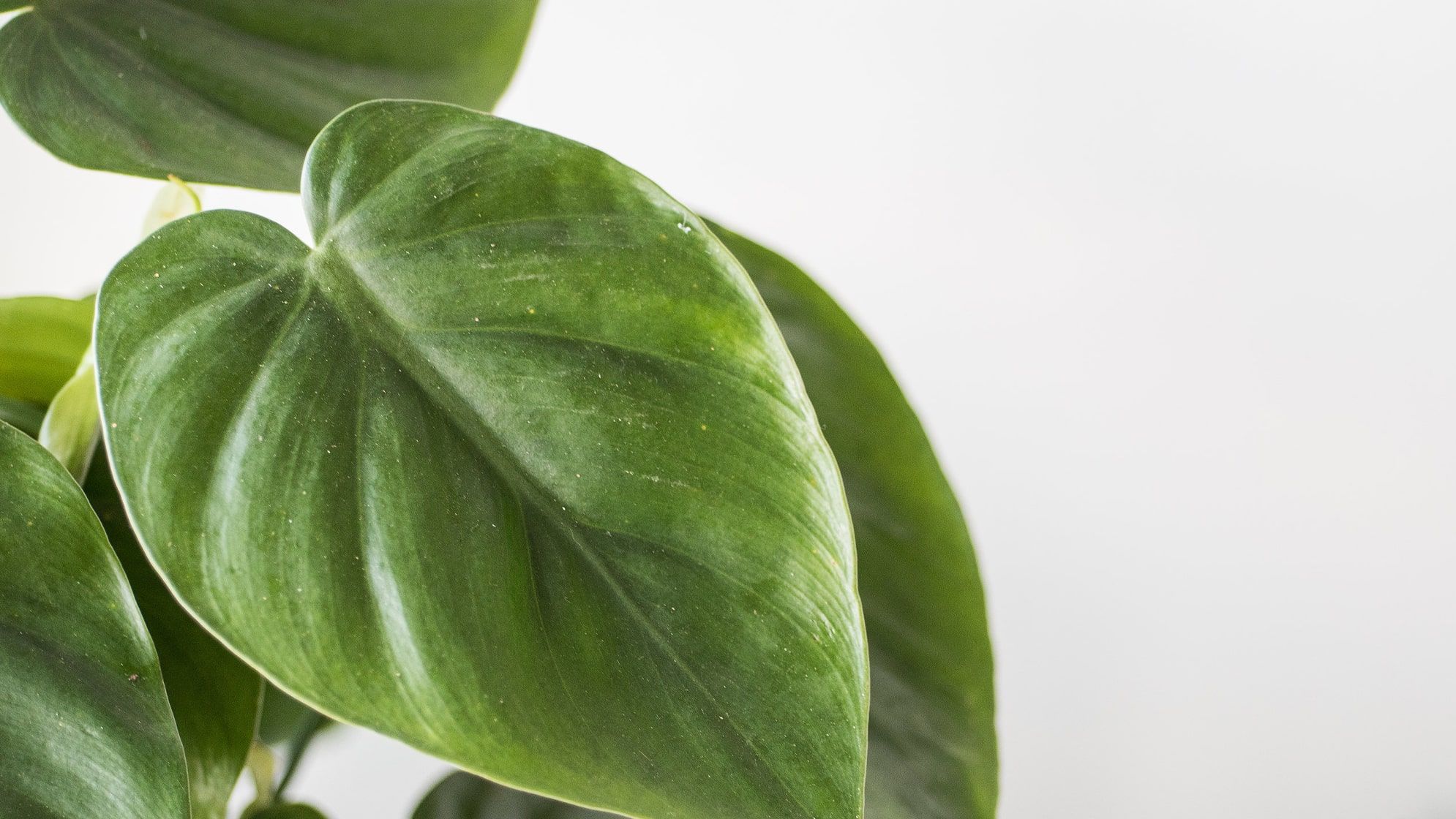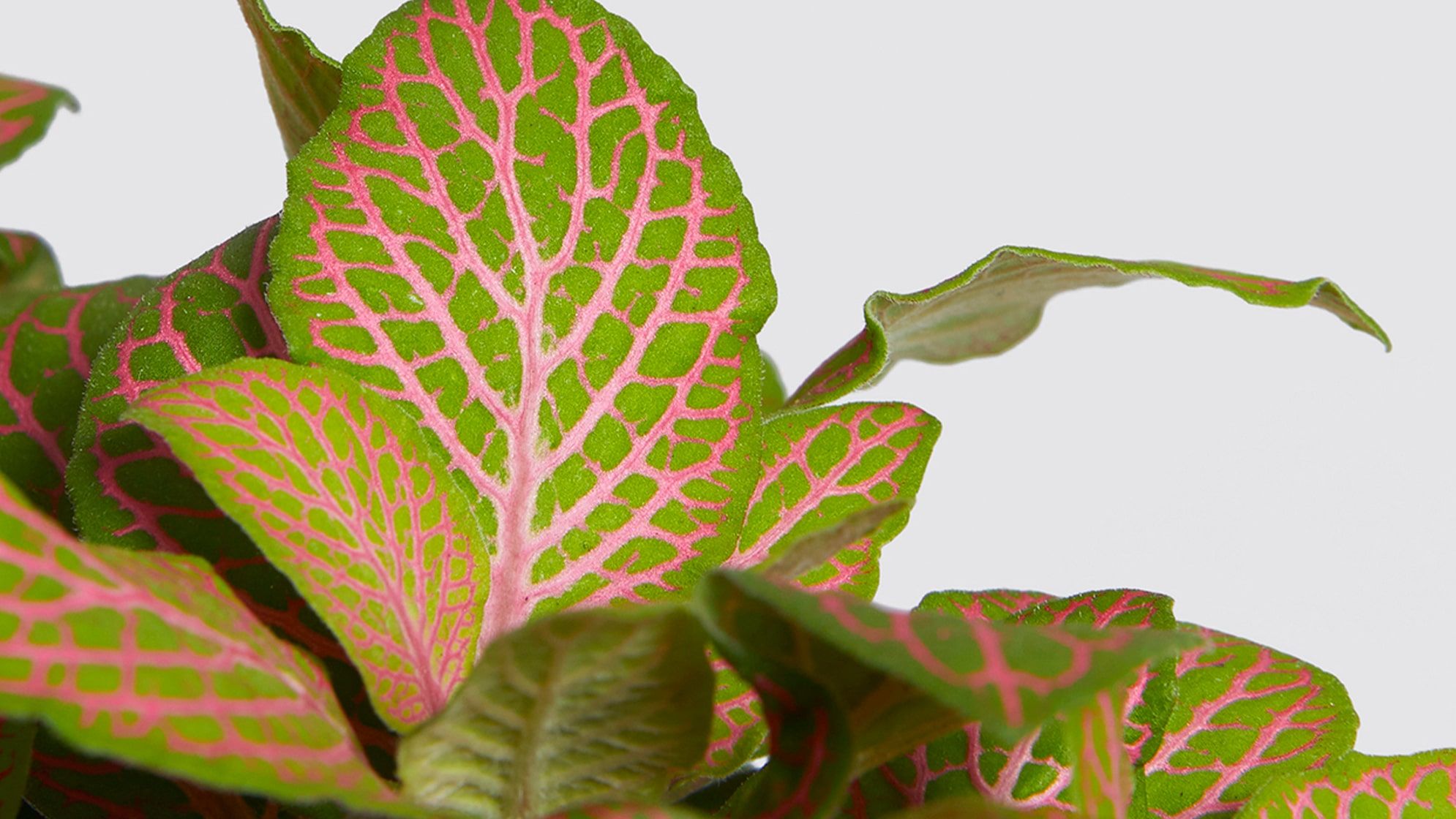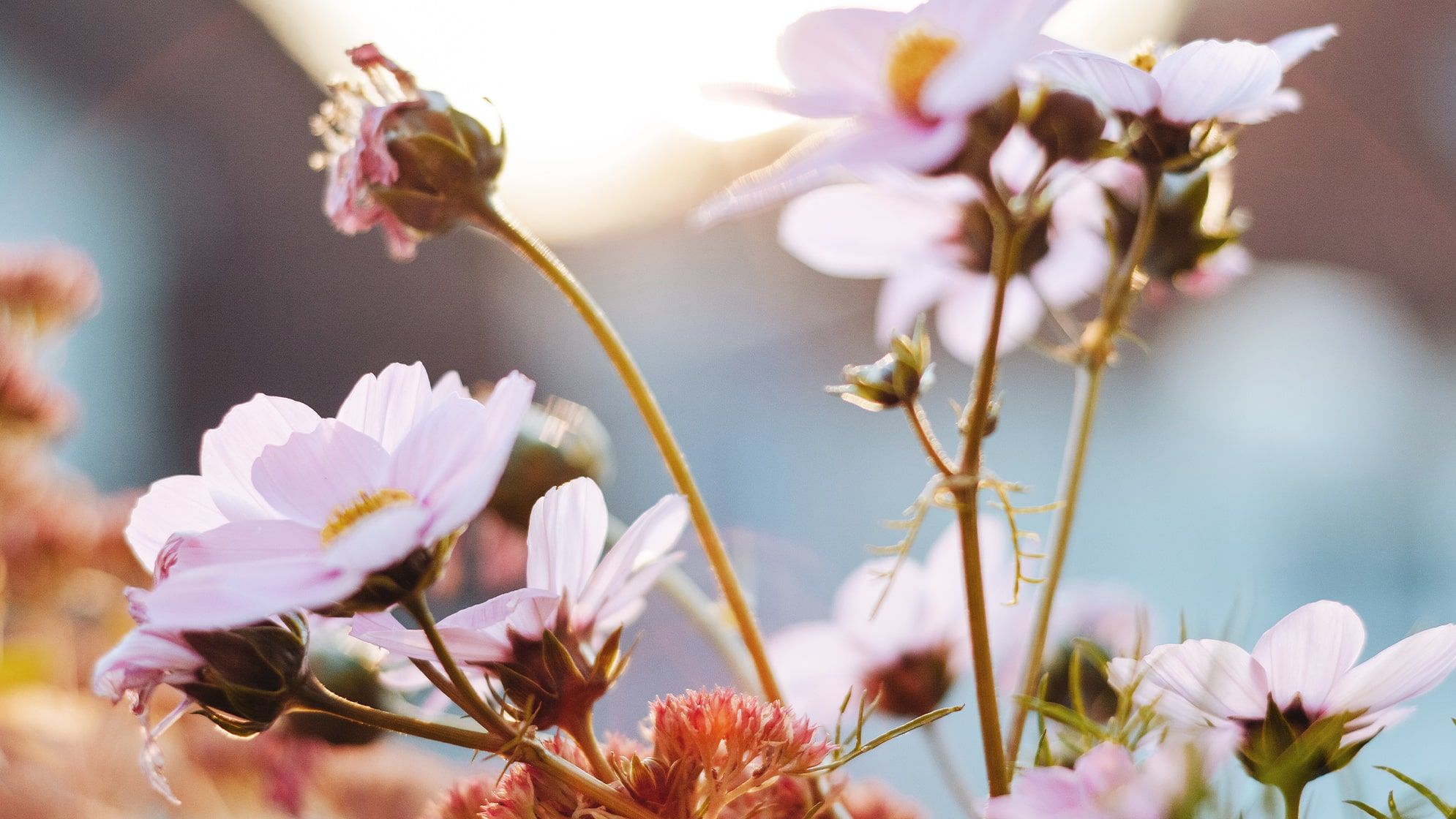Complete guide to croton care
With its brightly coloured oval leaves, the croton really is a work of art. Keep yours gallery-ready with a few easy steps.

Croton plants are beautiful, bright, and vibrant plants that are a great addition to any home. They're easy to care for and require very little maintenance. Here's a some advice on how to care for your croton plant:
- Give your croton lots of bright, indirect light. The more light it gets, the more colourful its leaves will be
- Water when the top inch of soil feels dry, it likes its soil to be moist
- Keep your croton warm, it may drop leaves if it's feeling chilly
About crotons
Native to India, Sri Lanka, Malaysia and the western Pacific islands, the croton enjoys hot, humid climates. If yours is feeling the cold you’ll notice some leaf drop, so keep it in a warm, bright room and away from cool draughts.
They're not the easiest plants to look after, but with the right care and attention a croton makes the perfect - and unusual - centrepiece for your collection. Our croton 'Iceton', Chrissy, is particularly fabulous.

How much light does my croton need?
Crotons prefer bright, indirect light. Avoid direct sunlight, as this can cause the leaves to burn. Put yours away from the window in a room that has lots of natural light.
How often should I water my croton?
Crotons need to be watered regularly but not too much. They like their soil to be kept moist at all times, so water her with lukewarm water when the top inch of soil starts to feel dry.
What's the best temperature for my croton?
Crotons prefer temperatures between 18°C and 29°C. Avoid cold drafts and extreme temperatures. You'll know your croton is feeling the cold because it will start to drop leaves - fast!
Does my croton need a humid environment?
Crotons prefer high humidity. You can increase the humidity by misting the leaves or placing a humidifier near the plant. A great spot for your croton would be in a naturally humid room, like a bright kitchen or bathroom that gets lots of natural light.
Should I fertilise my croton?
Feed your croton plant with a balanced fertiliser every two weeks during the spring and summer - the growing season. This will help it pop out more bright and beautiful leaves.
Do I need to prune my croton?
You can prune your croton plant to maintain its shape and encourage new growth. If you spot any leaves that are dead or dying - think crispy, soggy or very discoloured - just chop them off. This will help your croton put its energy into growing new leaves.
When should I repot my pothos?
Repot your croton plant every two years or when the roots start to become crowded. You'll notice roots pushing their way out of the nursery pot at the top and through the drainage holes in the bottom. Try to repot in spring or summer when the plant is in its growing season.
Common croton pests
Watch out for common pests such as spider mites, mealybugs, and aphids. Clean your croton's leaves regularly with a damp cloth - this will help remove existing pests and dust, and is a good opportunity to look out for new visitors.
Following these simple steps will help your croton plant stay healthy and happy. With the right care, your croton plant can be a vibrant and beautiful addition to your home.
Rewild your inbox
Plant tips. Special offers. No spam.
You might like

Complete guide to philodendron care
It's love at first sight

Complete guide to fittonia care
They might be small, but they pack a punch

How to help your outdoor plants flower
Your garden will be blooming beautiful with these tips
